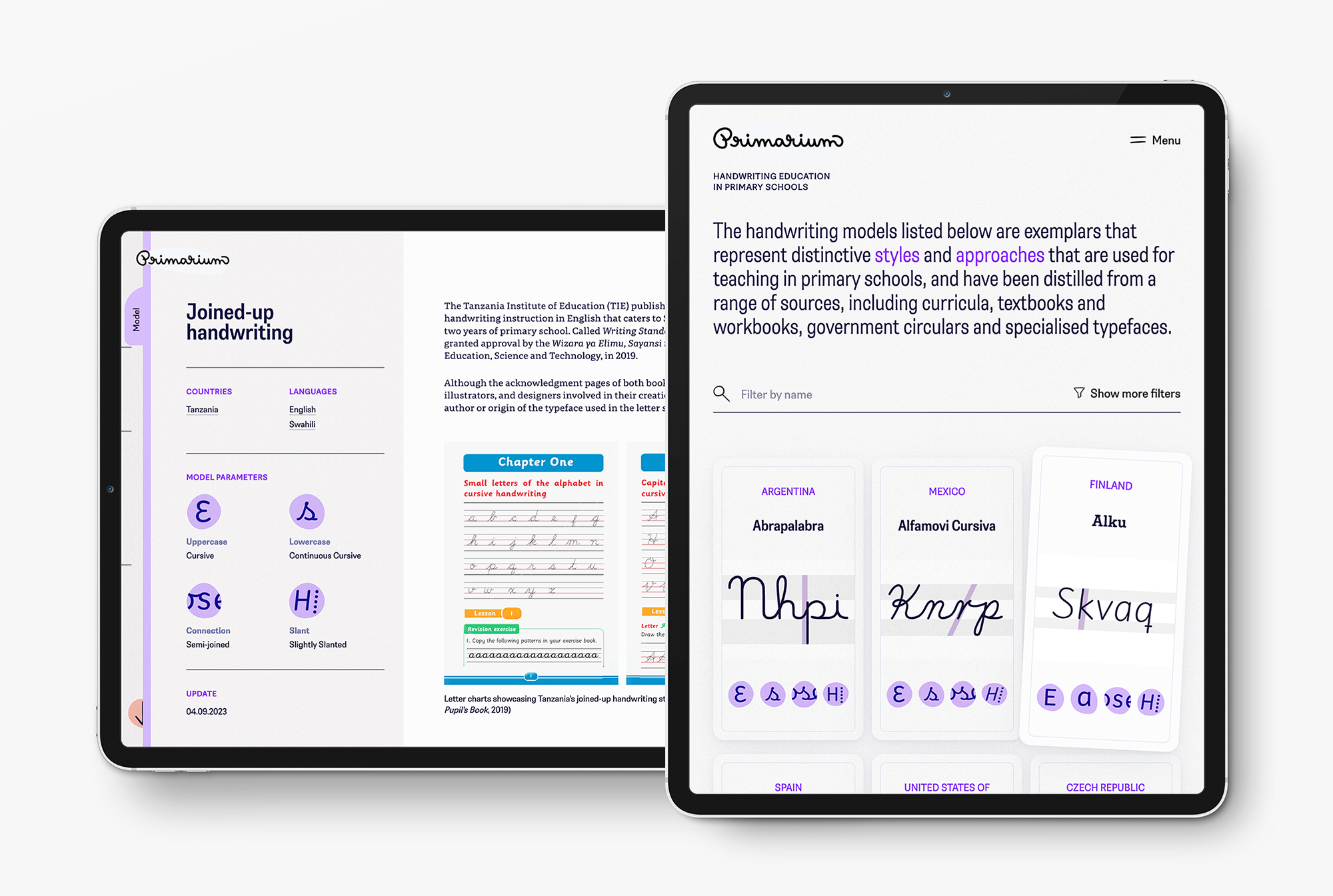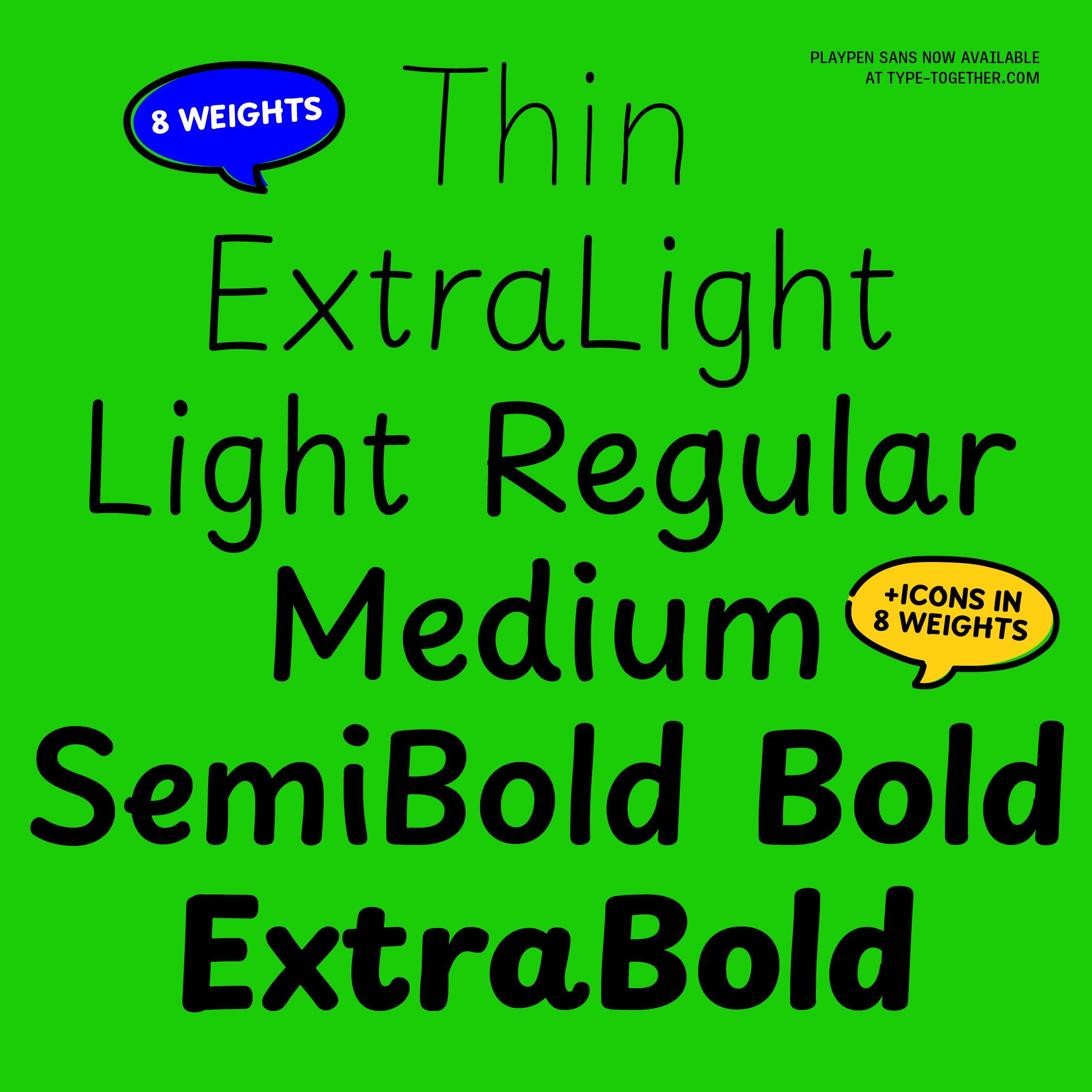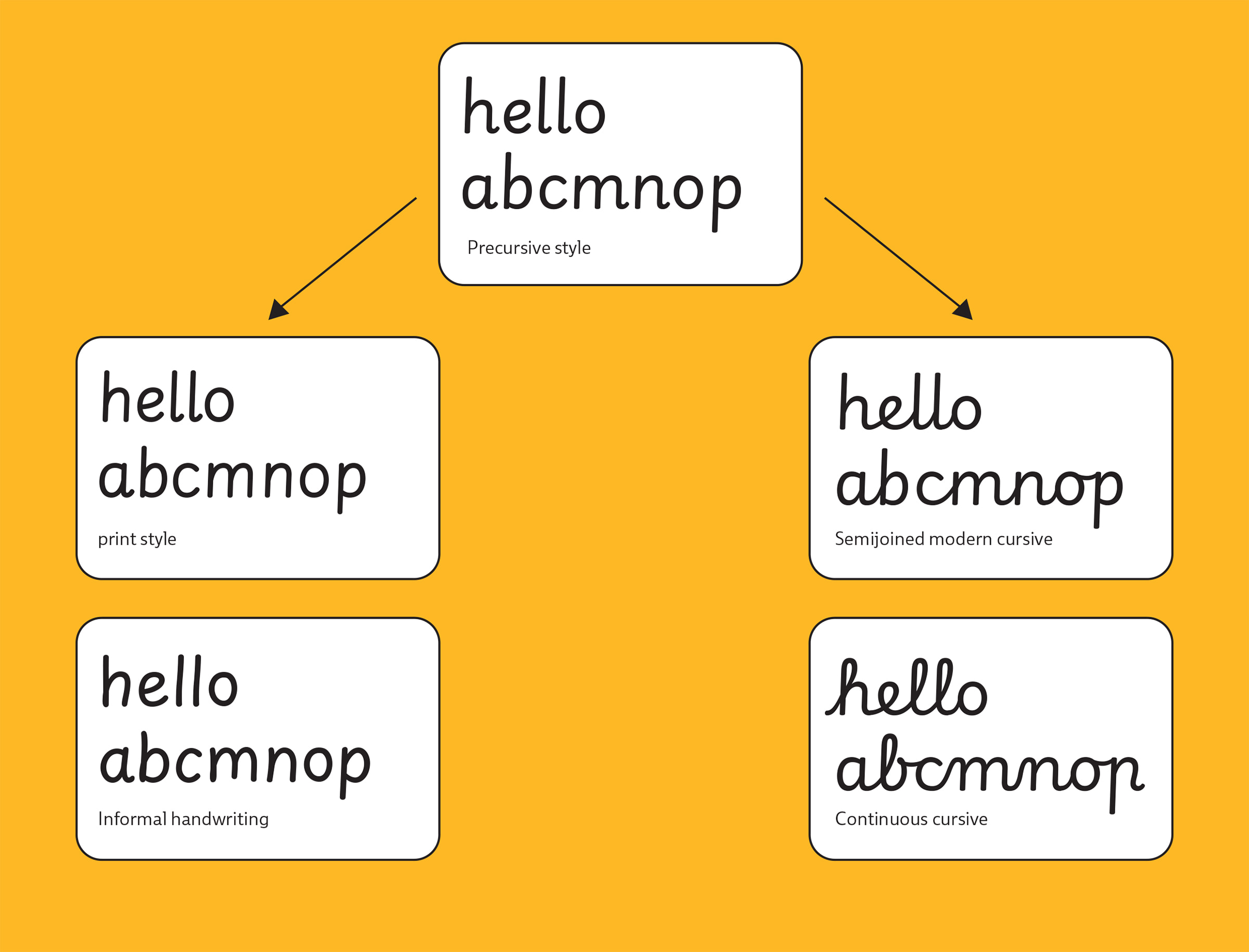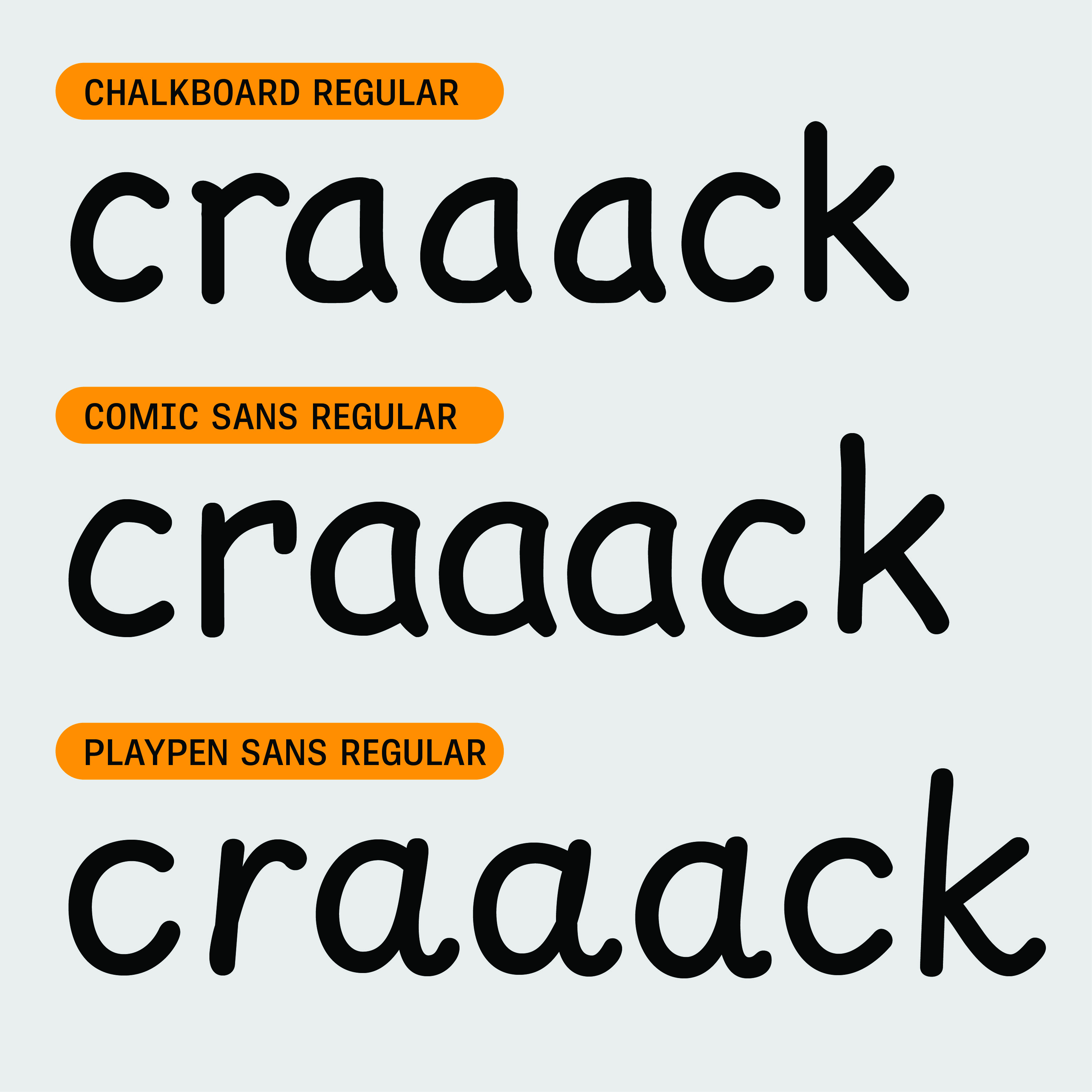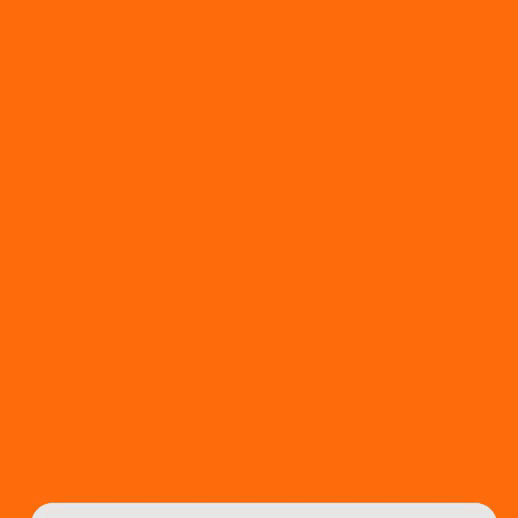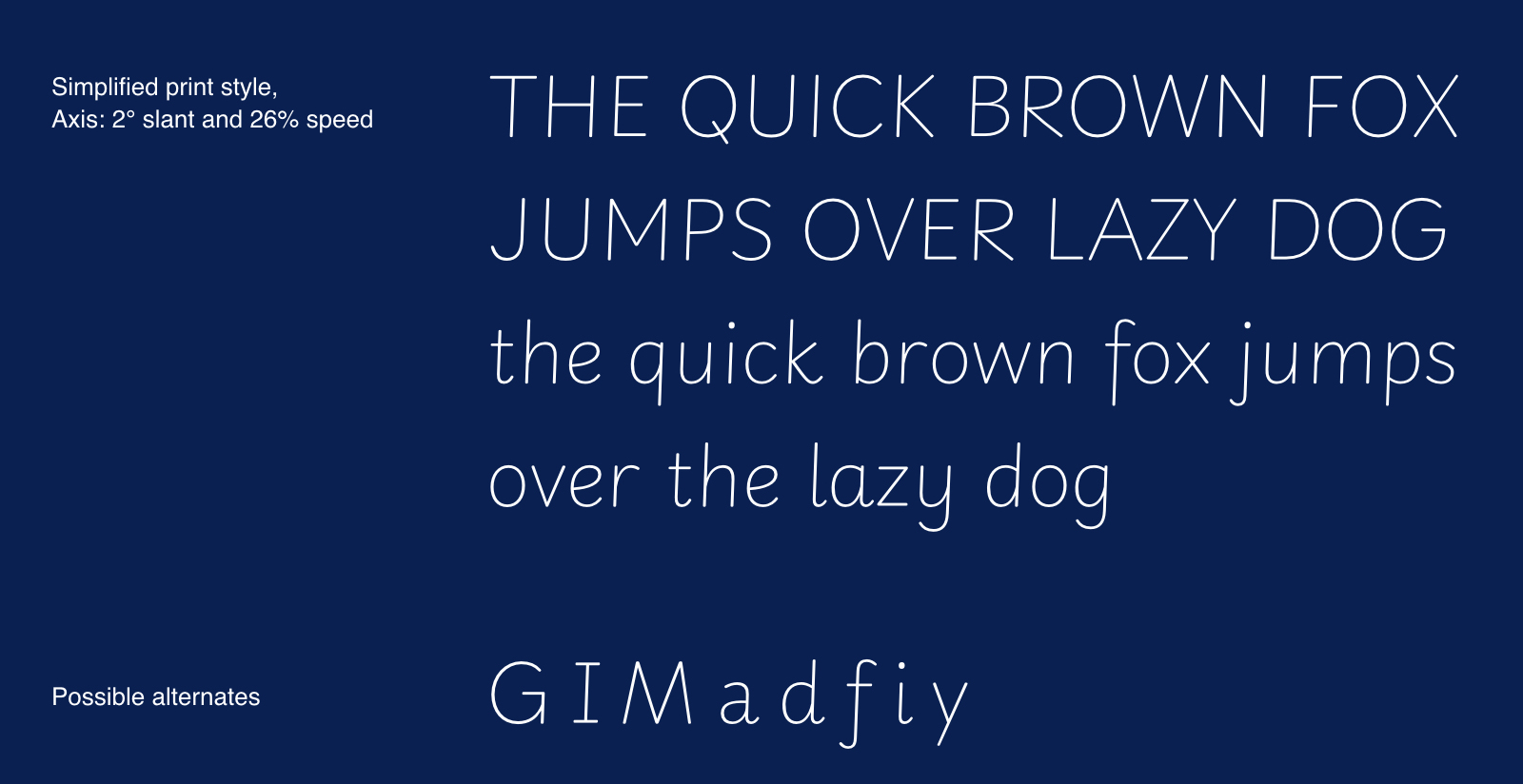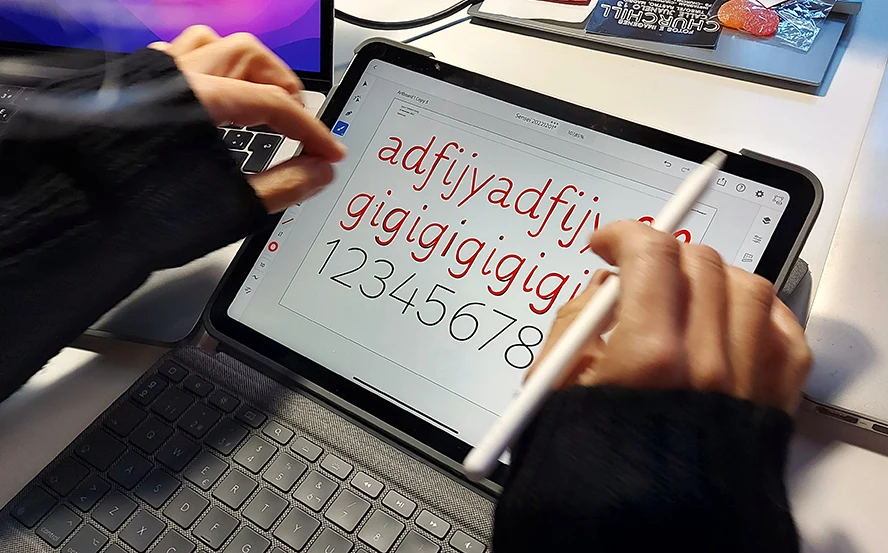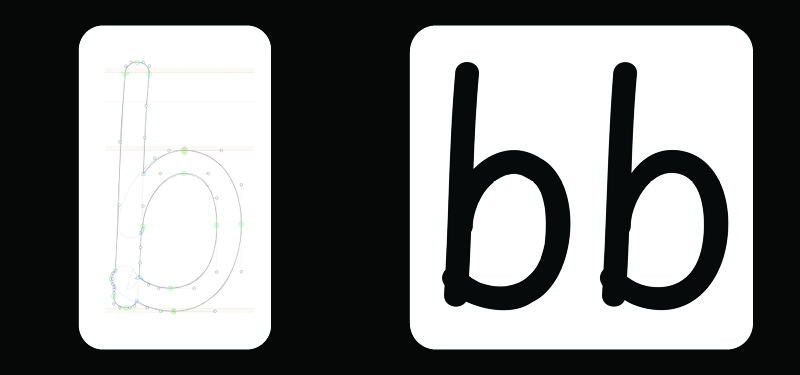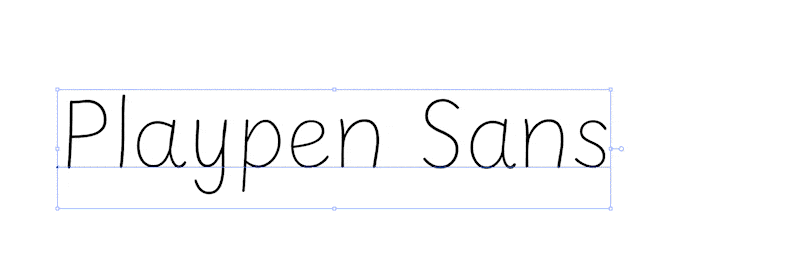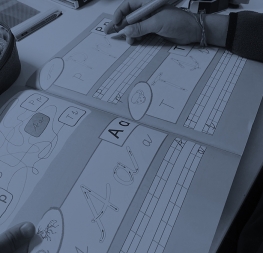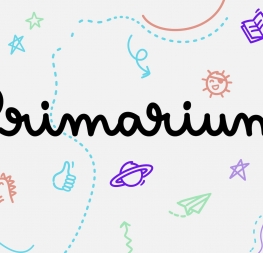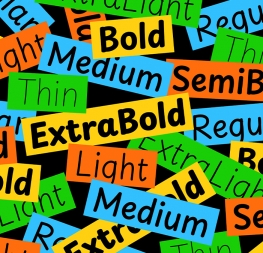Style: human and casual, or strict and systematised
The casual handwriting style has been in print for many decades, possibly popularised by the first comic books in the early 1930s. Incorporating these somewhat narrow and dark letters into speech bubbles with proper alignment and consistent proportions can be a challenge, but this was a common approach in comic books for many years. Even with a skilled scribe, the resulting letter shapes exhibit slight variations, lending the page a relaxed and organic appearance that has historically been difficult to replicate with a standard typeface.
Typography is essentially systematised writing, which values consistency as a fundamental rule. We type designers therefore craft each glyph to be placed before and after any other glyph, knowing they will be reproduced multiple times on a page. The repetition rate is a significant problem in casual-looking system fonts, such as Apple’s Chalkboard or Microsoft’s Comic Sans, both of which were developed before the creation of OpenType features. With Playpen Sans, our goal was to achieve a natural feel that reduces the strict, systematised look of typography in a noticeable way. Playpen Sans needed to feel uniquely human.
Character-randomising code
Our idea was to introduce a degree of randomness in the appearance of letter combinations to impart a truly informal tone to the page — an effect that cannot be achieved without complex OpenType code. Therefore, our type engineer, Joancarles Casasín, developed a glyph shuffler that ensures different letter variations are displayed based on context, and that no shape is repeated consecutively. The font creates the illusion of aleatory letterforms, resulting in different combinations within every word. Even the spaces between words exhibit occasional variations in width.
Embracing the unpredictable
The development of Playpen Sans undoubtedly pushed us beyond our comfort zone — an exercise we both enjoyed and valued. It provided us an opportunity to experiment with probability, unpredictability, and even errors, all of which became integral parts of the design process. The journey also presented technical challenges, from experimenting with tablets, digital pens, and various applications to developing tools capable of generating randomised OpenType code.
Ultimately, it was a rewarding process that resulted in a font family of which we are immensely proud. While we celebrate its release, we can’t help but envision how it might be adapted to other writing systems, even the more complex ones. So as one project concludes, another begins and we eagerly embrace the future.

